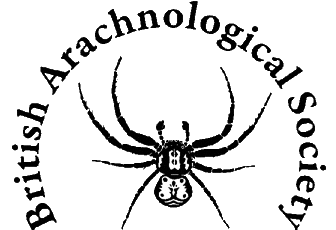The ricinuleids are among the strangest of arachnid groups. These tropical creatures occur in the humid parts of Africa, Southern USA, Central America and South America as far south as Brazil. Their distribution in the Americas and Africa perfectly matches the previous union of these two landmasses, prior to the opening of the South Atlantic. Many occur in leaf litter, beneath bark and, like many arachnids, in caves. They are tough, with a thick, sculptured cuticle, and move around slowly using all four relatively short, stout legs. The pedipalps are thin, almost leg-like but with distinct pincers. A strange 'hood', the cucullus, hinges on the front of the prosoma covering the relatively large chelicerae. Prey is stalked, or stumbled upon and grasped by the pedipalps. The cucullus is then raised; the prey is brought to the chelicerae for chewing and held in place by the cucullus that is lowered upon it. What is even more odd is the 'press-stud' system that holds the prosoma and opisthosoma close together.
Mating in ricinuleids somewhat resembles that in spiders, but with a difference. In both sexes, the prosoma and opisthosoma have a locking mechanism which ensures that they are held as a single rigid structure most of the time. The genital openings are on the ventral surface of the eighth somite and are normally concealed by the united prosoma/opisthosoma. During mating, the male "unlocks" the opisthosoma, exposing the genital opening. The terminal segments of the third pair of legs in the male are highly modified to form a small, spoon-like structure. This is used to transfer a spermatophore (a small, almost solid batch of sperm) from his genital opening to that of the female (who has likewise unlocked the opisthosoma). The modified terminal segments of the male third leg thus serves in an analogous manner to the male palp in spiders. The result of this union is a few eggs that hatch into free-living six-legged larvae, similar to those found in ticks and mites. These moult into eight legged nymphs.
